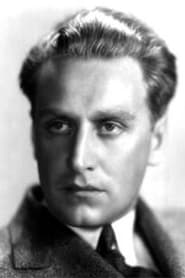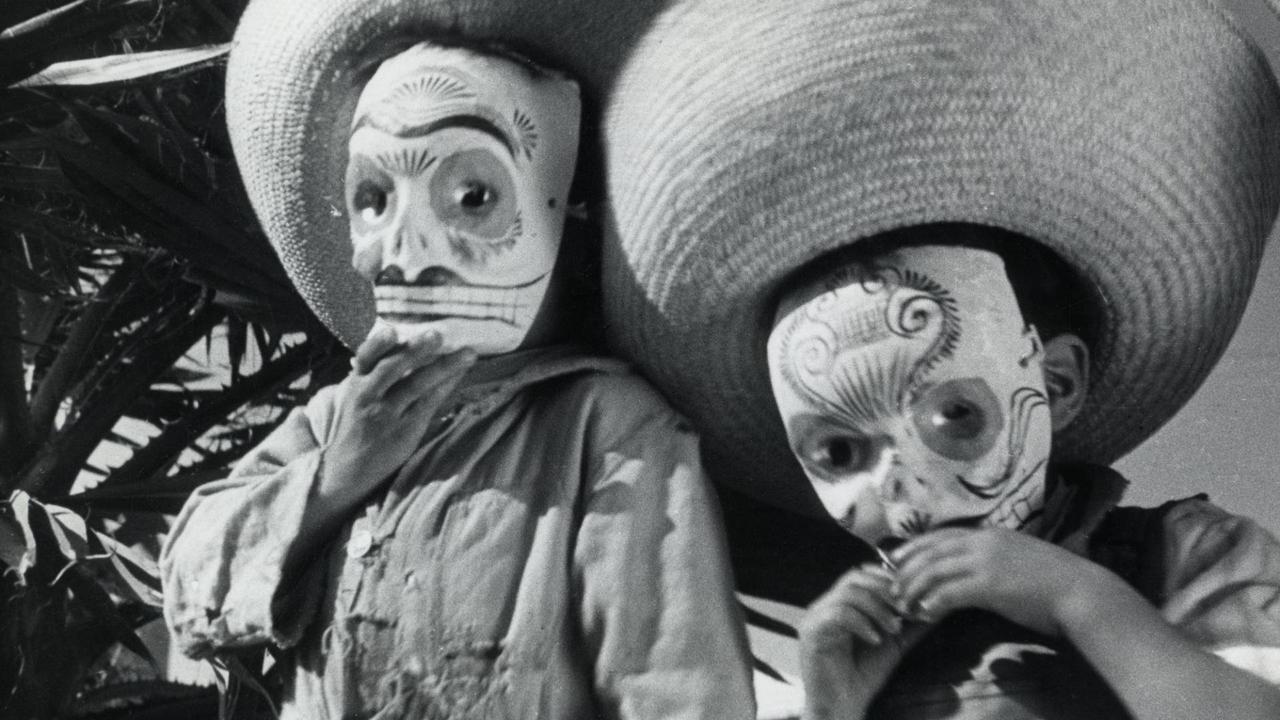

¡Qué Viva México!(1979)
Eisenstein shows us Mexico in this movie, its history and its culture. He believes, that Mexico can become a modern state.

Movie: ¡Qué Viva México!

Да здравствует Мексика!
HomePage
Overview
Eisenstein shows us Mexico in this movie, its history and its culture. He believes, that Mexico can become a modern state.
Release Date
1979-10-01
Average
6.721
Rating:
3.4 startsTagline
Genres
Languages:
پښتوPусский
Recommendations Movies
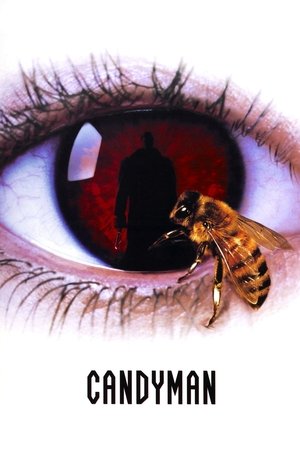 6.6
6.6Candyman(en)
The Candyman, a murderous soul with a hook for a hand, is accidentally summoned to reality by a skeptic grad student researching the monster's myth.
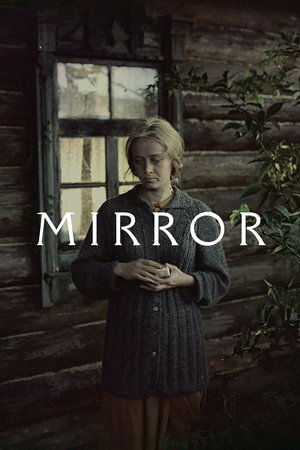 8.0
8.0Mirror(ru)
A dying man in his forties recalls his childhood, his mother, the war and personal moments that tell of and juxtapose pivotal moments in Soviet history with daily life.
 7.3
7.3Vampyr(de)
A student of the occult encounters supernatural haunts and local evildoers in a village outside of Paris.
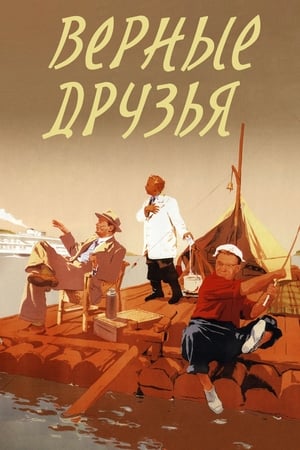 7.1
7.1True Friends(ru)
Story about 3 childhood friends who found each other later in life and decided to rafting on one of the Moscovian rivers.
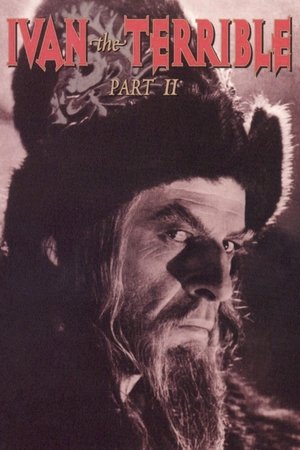 7.3
7.3Ivan the Terrible, Part II: The Boyars' Plot(ru)
This is the second part of a projected three-part epic biopic of Russian Czar Ivan Grozny, undertaken by Soviet film-maker Sergei Eisenstein at the behest of Josef Stalin. Production of the epic was stopped before the third part could be filmed, due to producer dissatisfaction with Eisenstein's introducing forbidden experimental filming techniques into the material, more evident in this part than the first part. As it was, this second part was banned from showings until after the deaths of both Eisenstein and Stalin, and a change of attitude by the subsequent heads of the Soviet government. In this part, as Ivan the Terrible attempts to consolidate his power by establishing a personal army, his political rivals, the Russian boyars, plot to assassinate him.
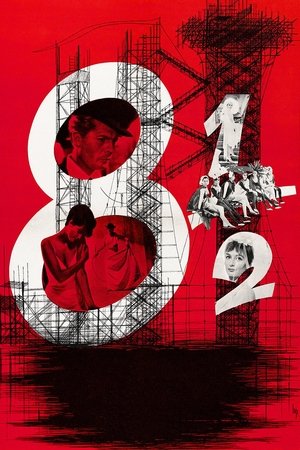 8.1
8.18½(it)
Guido Anselmi, a film director, finds himself creatively barren at the peak of his career. Urged by his doctors to rest, Anselmi heads for a luxurious resort, but a sorry group gathers—his producer, staff, actors, wife, mistress, and relatives—each one begging him to get on with the show. In retreat from their dependency, he fantasizes about past women and dreams of his childhood.
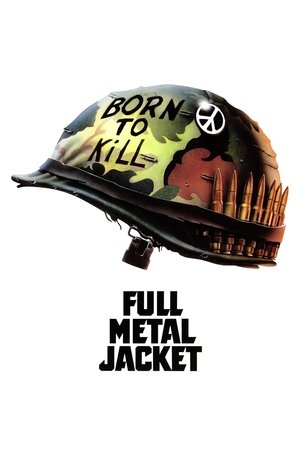 8.1
8.1Full Metal Jacket(en)
A pragmatic U.S. Marine observes the dehumanizing effects the U.S.-Vietnam War has on his fellow recruits from their brutal boot camp training to the bloody street fighting in Hue.
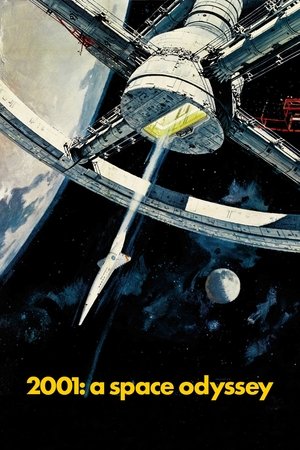 8.1
8.12001: A Space Odyssey(en)
Humanity finds a mysterious object buried beneath the lunar surface and sets off to find its origins with the help of HAL 9000, the world's most advanced super computer.
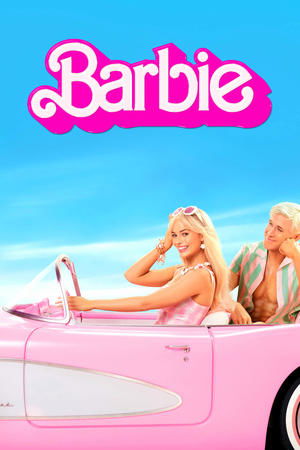 7.0
7.0Barbie(en)
Barbie and Ken are having the time of their lives in the colorful and seemingly perfect world of Barbie Land. However, when they get a chance to go to the real world, they soon discover the joys and perils of living among humans.
 8.3
8.3Dead Poets Society(en)
At an elite, old-fashioned boarding school in New England, a passionate English teacher inspires his students to rebel against convention and seize the potential of every day, courting the disdain of the stern headmaster.
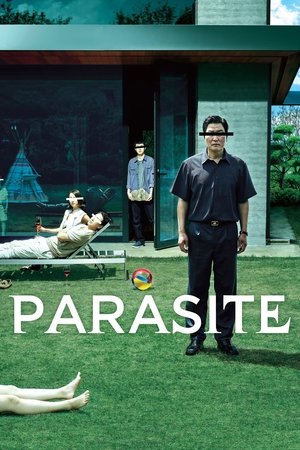 8.5
8.5Parasite(ko)
All unemployed, Ki-taek's family takes peculiar interest in the wealthy and glamorous Parks for their livelihood until they get entangled in an unexpected incident.
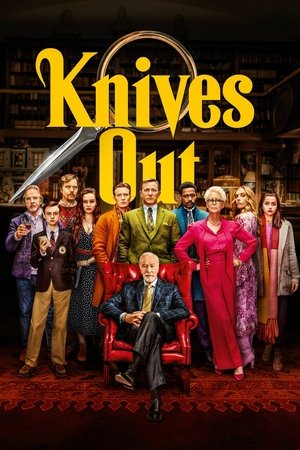 7.8
7.8Knives Out(en)
When renowned crime novelist Harlan Thrombey is found dead at his estate just after his 85th birthday, the inquisitive and debonair Detective Benoit Blanc is mysteriously enlisted to investigate. From Harlan's dysfunctional family to his devoted staff, Blanc sifts through a web of red herrings and self-serving lies to uncover the truth behind Harlan's untimely death.
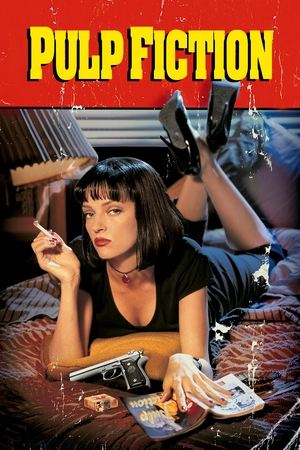 8.5
8.5Pulp Fiction(en)
A burger-loving hit man, his philosophical partner, a drug-addled gangster's moll and a washed-up boxer converge in this sprawling, comedic crime caper. Their adventures unfurl in three stories that ingeniously trip back and forth in time.
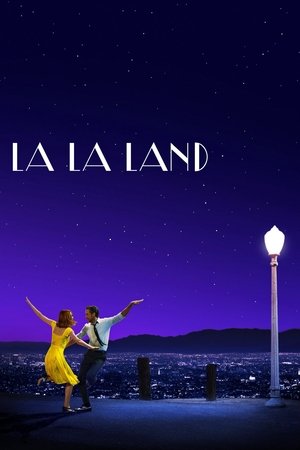 7.9
7.9La La Land(en)
Mia, an aspiring actress, serves lattes to movie stars in between auditions and Sebastian, a jazz musician, scrapes by playing cocktail party gigs in dingy bars, but as success mounts they are faced with decisions that begin to fray the fragile fabric of their love affair, and the dreams they worked so hard to maintain in each other threaten to rip them apart.
 7.4
7.4Promising Young Woman(en)
A young woman, traumatized by a tragic event in her past, seeks out vengeance against those who crossed her path.
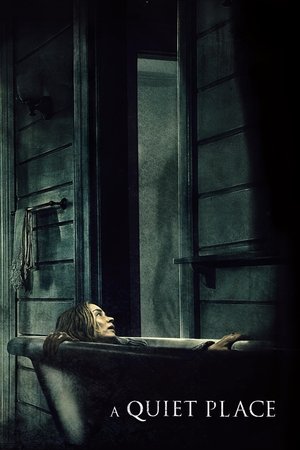 7.4
7.4A Quiet Place(en)
A family is forced to live in silence while hiding from creatures that hunt by sound.
 7.8
7.8Dune(en)
Paul Atreides, a brilliant and gifted young man born into a great destiny beyond his understanding, must travel to the most dangerous planet in the universe to ensure the future of his family and his people. As malevolent forces explode into conflict over the planet's exclusive supply of the most precious resource in existence-a commodity capable of unlocking humanity's greatest potential-only those who can conquer their fear will survive.
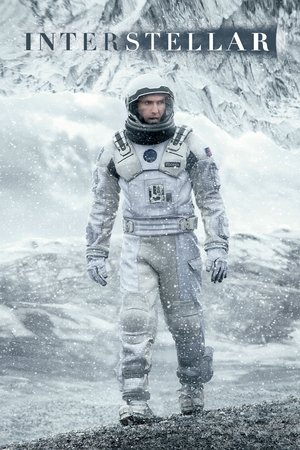 8.5
8.5Interstellar(en)
The adventures of a group of explorers who make use of a newly discovered wormhole to surpass the limitations on human space travel and conquer the vast distances involved in an interstellar voyage.
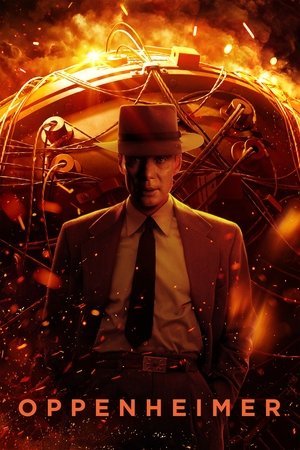 8.1
8.1Oppenheimer(en)
The story of J. Robert Oppenheimer's role in the development of the atomic bomb during World War II.
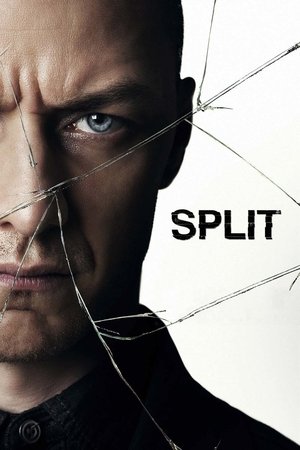 7.3
7.3Split(en)
Though Kevin has evidenced 23 personalities to his trusted psychiatrist, Dr. Fletcher, there remains one still submerged who is set to materialize and dominate all the others. Compelled to abduct three teenage girls led by the willful, observant Casey, Kevin reaches a war for survival among all of those contained within him — as well as everyone around him — as the walls between his compartments shatter apart.
Similar Movies
 7.8
7.8Everything is Love(bg)
Rado, an orphan from a poor Sofia neighborhood, has been in and out of school for troubled youth for years. Although he is approaching adulthood, he is yet to finish 8th grade. He cannot reconcile his pride and sense of justice with the kind of education provided by people who are deprived of sensibility and human warmth. Rado asserts his right to freedom by frequently running away. During one of his escapes he meets the love of his life, Albena. She is a good student, and comes from a well-educated, sophisticated family. This new and unexpected connection intensifies Rado's desire for freedom and independence, and leads them both into uncharted territory.
The Gamblers(de)
General arrives in Baden-Baden with his stepdaughter Polina and his mother, seeking social standing and respite. Secretly, they chase casino fortunes alongside a French businessman and beauty. Alexej, Polina’s tutor, struggles with his own gambling past while falling for her. When the wealthy “Babushka” dies, the family’s financial woes vanish, freeing Alexej to court Polina. Yet he loses everything in a sudden winning streak that upends loyalties and reveals the world’s true stakes: love, money, and chance.
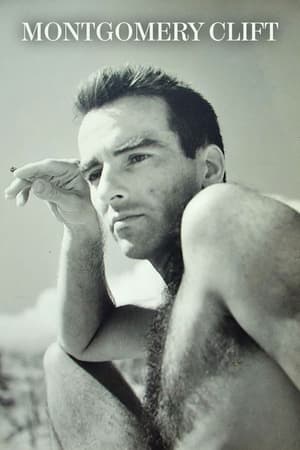 4.4
4.4Montgomery Clift(en)
A documentary incorporating footage of Montgomery Clift’s most memorable films; interviews with family and friends, and rare archival material stretching back to his childhood. What develops is the story of an intense young boy who yearned for stardom, achieved notable success in such classic films as From Here to Eternity and I Confess, only to be ruined by alcohol addiction and his inability to face his own fears and homosexual desires. Montgomery Clift, as this film portrays him, may not have been a happy man but he never compromised his acting talents for Hollywood.
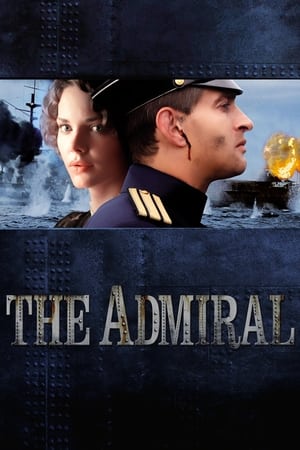 6.3
6.3Admiral(ru)
This is a story of a great love facing the greatest drama of the history of Russia. Admiral Kolchak is a true war hero and beloved husband and father. One day he meets Anna, the love of his life and the wife of his best friend. The revolution in his heart faces the revolution in his own country His destiny is to become the Supreme Ruler of Russia.
 7.3
7.3City of the Rising Sun(ko)
Do-chul is a boxer who never wins a game. While trying to make some money, he gets involved with Hong-ki, a small-time crook. They somehow make friends and hang around together, but their views toward life and the world are almost opposite.
Auge in Auge - Eine deutsche Filmgeschichte(de)
This is not merely another film about cinema history; it is a film about the love of cinema, a journey of discovery through over a century of German film history. Ten people working in film today remember their favourite films of yesteryear.
 6.1
6.1Alan & Naomi(en)
When Naomi, a young refugee from Nazi-occupied Paris, moves into Alan Silverman’s building in New York, he does his best to avoid her. But despite Naomi's strange behavior and the language barrier, they slowly develop a deep and touching friendship.
 6.6
6.6My Girl and I(ko)
Su-ho is a plain high school boy, and Su-eun is a bright and beautiful girl in the same school. For some unknown reason, Su-eun has a crush on the boy, and for equally mysterious reasons she rescues Su-ho in the sea though he doesn't know who actually saved him.
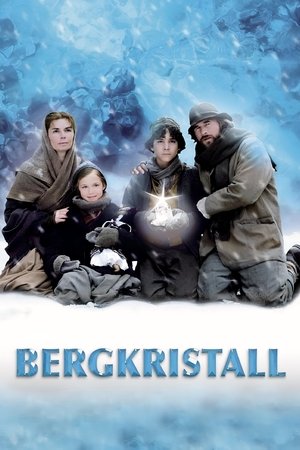 6.6
6.6Rock Crystal(de)
The towns of Gschaid and Millsdorf are in a constant state of feuding with each other. Nevertheless Gschaid's Sebastian and Millsdorf's Susanne are married. In her husband's town Susanne has to put up with daily harassment by the locals, which also extends to her two children. Finally she moves back to her parents, alone. When the children, who long to find a magical crystal they believe has the power to reunite the family, get lost in a howling blizzard on the exposed mountain after bringing their mother her Christmas presents, both towns set up rescue missions.
 6.0
6.0Factory Girl(en)
In the mid-1960s, wealthy debutant Edie Sedgwick meets artist Andy Warhol. She joins Warhol's famous Factory and becomes his muse. Although she seems to have it all, Edie cannot have the love she craves from Andy, and she has an affair with a charismatic musician, who pushes her to seek independence from the artist and the milieu.
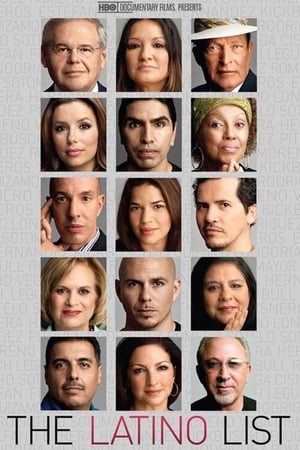 7.0
7.0The Latino List(en)
Documentary film interviews leading Latinos on race, identity, and achievement.
 8.1
8.1Eternal Sunshine of the Spotless Mind(en)
Joel Barish, heartbroken that his girlfriend underwent a procedure to erase him from her memory, decides to do the same. However, as he watches his memories of her fade away, he realises that he still loves her, and may be too late to correct his mistake.
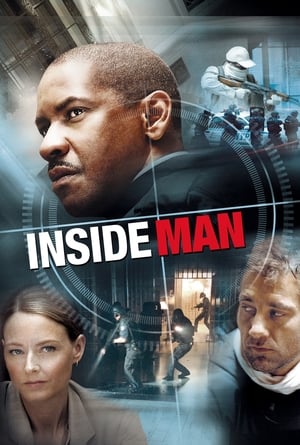 7.4
7.4Inside Man(en)
When an armed, masked gang enter a Manhattan bank, lock the doors and take hostages, the detective assigned to effect their release enters negotiations preoccupied with corruption charges he is facing.
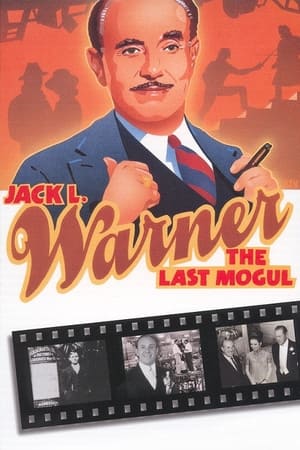 5.0
5.0Jack L. Warner: The Last Mogul(en)
An insider's account of Jack Warner, a founding father of the American film industry. This feature length documentary provides the rags to riches story of the man whose studio - Warner Bros - created many of Hollywood's most classic films. Includes extensive interviews with family members and friends, film clips, rare home movies and unique location footage.
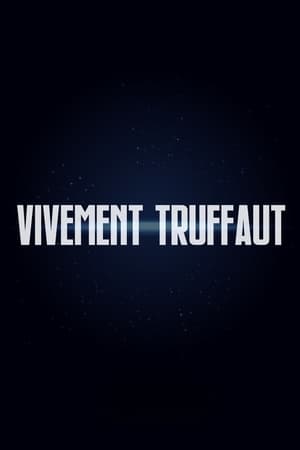 6.0
6.0Vivement Truffaut(fr)
A tribute to the late, great French director Francois Truffaut, this documentary was undoubtedly named after his last movie, Vivement Dimanche!, released in 1983. Included in this overview of Truffaut's contribution to filmmaking are clips from 14 of his movies arranged according to the themes he favored. These include childhood, literature, the cinema itself, romance, marriage, and death.
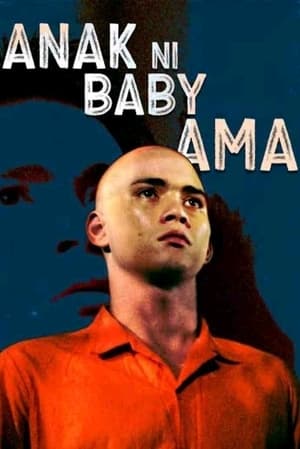 0.0
0.0Anak ni Baby Ama(tl)
A boy grows up not knowing his real identity. One day a mysterious lady, claiming to be his real mother, divulges the truth about his roots. He is caught between leaving his past and living his new life.
Ben Tumbling(en)
A stuntman who dabbles as a petty thief for corrupt policemen decides to quit. His bosses do not let him go but, instead, he is tortured. His consistent brushes with the law earn him a prize on his head and attention from a daily.
 7.0
7.0Inland Empire(en)
As a Hollywood actress begins to adopt the persona of her character in a film, her world becomes nightmarish and surreal.
 6.8
6.8Rent(en)
This rock opera tells the story of one year in the life of a group of bohemians struggling in late 1980s East Village, New York, USA. The film centers around Mark and Roger, two roommates. While a tragedy has made Roger numb to new experiences, Mark begins capturing their world through his attempts to make a personal movie. In the year that follows, they and their friends deal with love, loss, and working together.
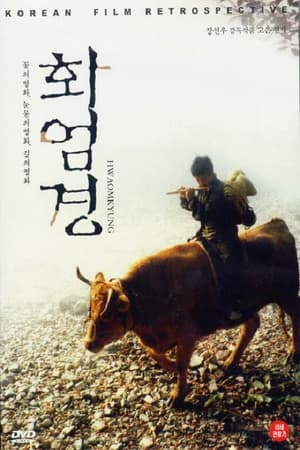 7.1
7.1Passage to Buddha(ko)
A young boy mourns the death of his father, and begins a quest to find his mother. He encounters many people on the way who quote Buddhist precepts: an eccentric monk, a girl who grows up into a young woman, a prison inmate, a foul-mouthed doctor and the young son of a hard drinking astronomer. Each of them tell the boy to seek someone to help him find the truth and his mother.

